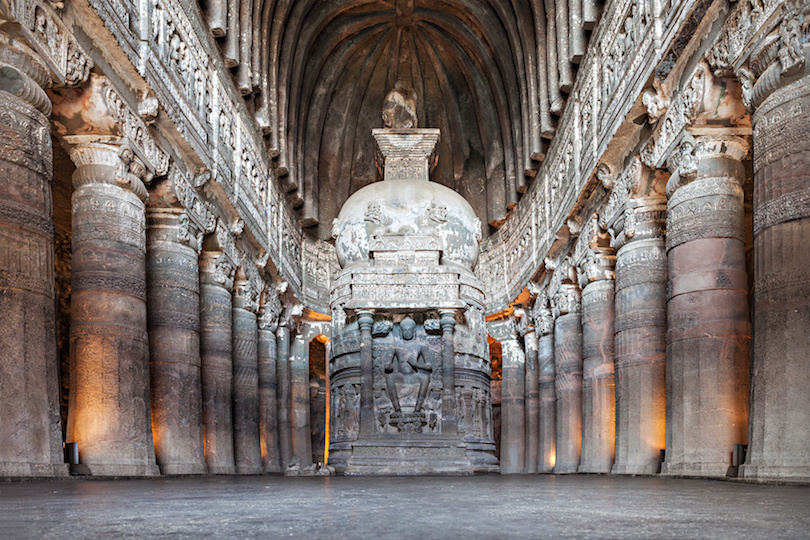
The Most visited Rock Tombs and Temples in the world
Rock-cut architecture involves carving a structure out of a solid rock formation. This method requires extensive labor and is often carried out on a grand scale. Some of the most impressive and stunning examples of rock-cut architecture are the tombs and temples listed below, which are considered to be some of the most beautiful buildings in the world.
The remarkable architectural achievements of ancient civilizations are evident in the surviving structures. One of the most impressive building techniques that demonstrate their ingenuity and skill is rock-cut architecture. Skilled craftsmen excavated solid rock on-site to create magnificent structures such as dwellings, temples, and tombs on mountain sides and cliffs instead of transporting materials to the location.

Abu Simbel Temple, Egypt
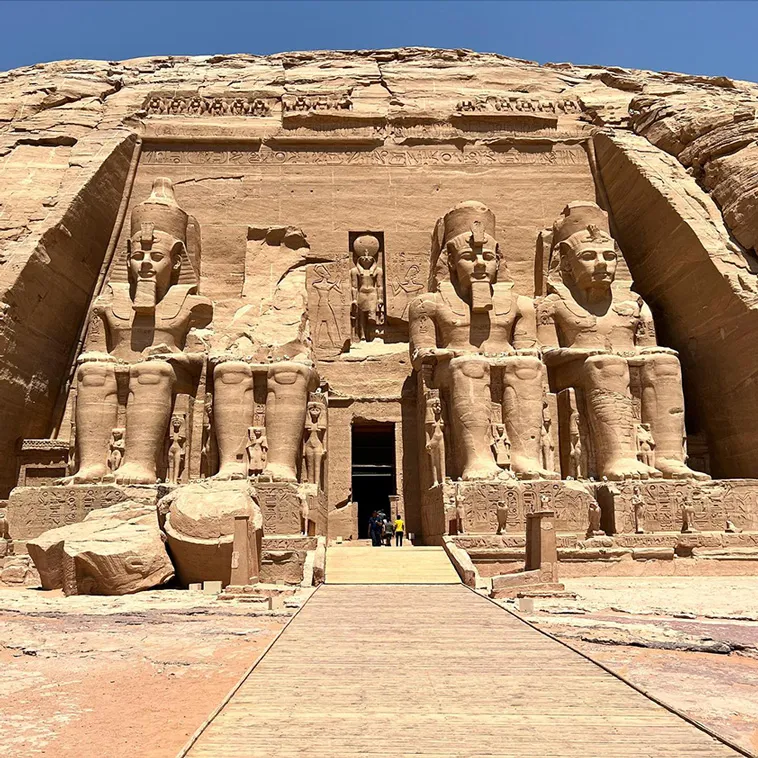
Abu Simbel, located on the western bank of Lake Nasser in southern Egypt, is an archaeological site that includes two enormous rock-cut temples. These twin temples were originally created during the reign of Pharaoh Ramesses The Great in the 13th century BC as a way to honor himself and his wife, Queen Nefertari. However, in the 1960s, the temples were moved in their entirety to prevent them from being submerged due to the creation of the Aswan High Dam and the resulting Lake Nasser. Even today, Abu Simbel remains one of the most popular tourist destinations in Egypt.
Abu Simbel is a historic site comprising two massive rock-cut temples in the village of Abu Simbel, Aswan Governorate, Upper Egypt, near the border with Sudan. It is situated on the western bank of Lake Nasser, about 230 km southwest of Aswan.
Petra, Jordan
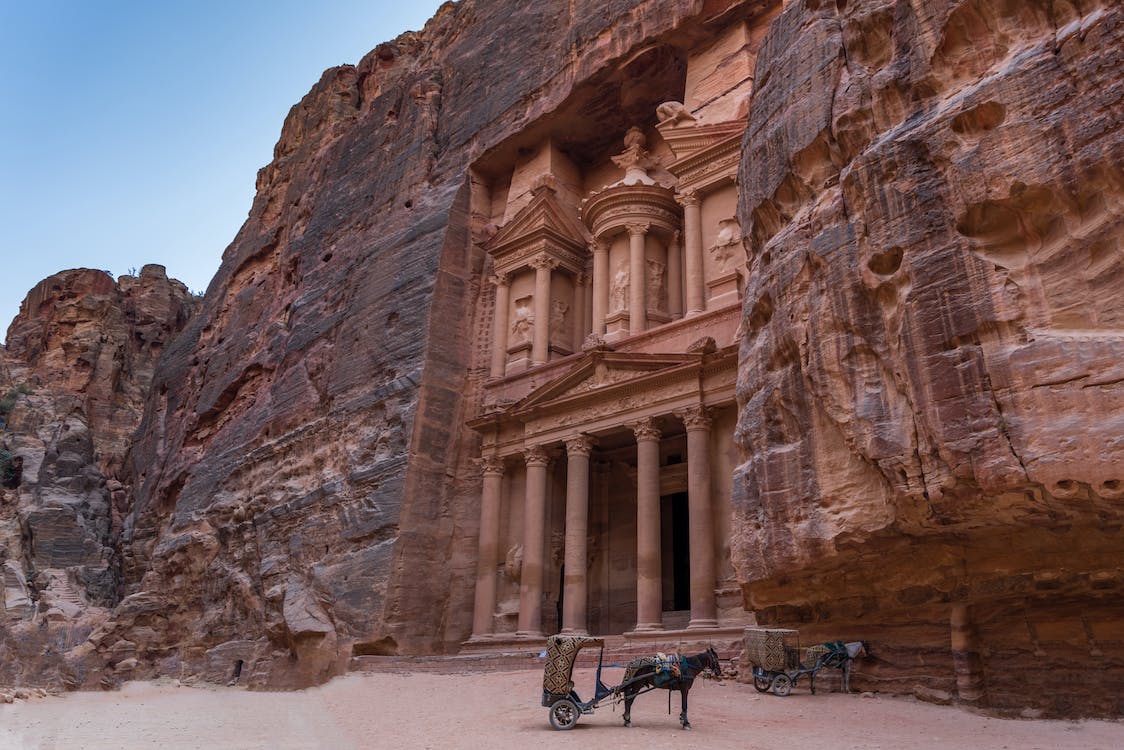
Petra, located in the southwestern desert of Jordan, is a well-known archaeological site that served as the capital of the Nabatean Kingdom around 300 B.C. It is reached through a narrow gorge named Al Siq and features temples and tombs carved into cliffs made of pink sandstone. This has earned it the moniker of the “Rose City.” The most renowned edifice is the 45-meter-tall Al Khazneh, also known as The Treasury, which boasts a decorated Greek-style facade.
The Nabataeans created this vast and unique city by carving it into the side of Wadi Musa Canyon centuries ago, and it served as a vital junction for the silk and spice routes connecting China, India, southern Arabia, Egypt, Greece, and Rome. The Al Khazneh (The Treasury), an ornate building carved out of sandstone rock, is the most impressive structure in Petra, with its massive façade towering over everything else in the area.
Petra is a famous archaeological site in Jordan’s southwestern desert. Dating to around 300 B.C
Ellora Caves
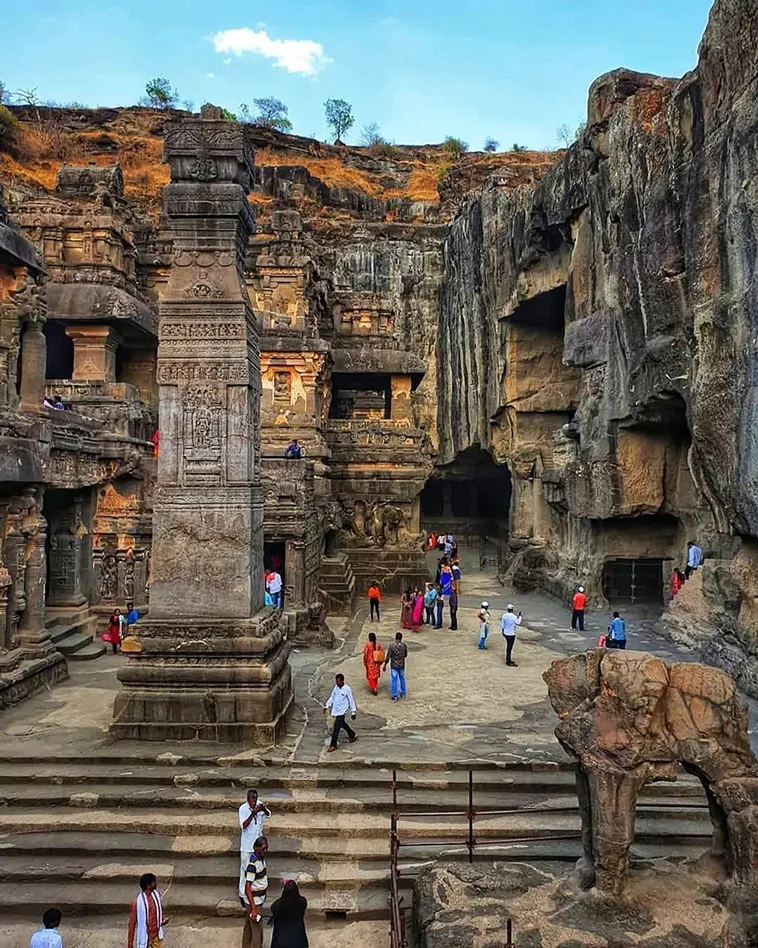
Ellora is a UNESCO World Heritage Site. The Ellora Caves are a group of rock-cut structures situated 30 km (19 mi) from Aurangabad, India, representing the apex of Indian rock-cut architecture. The 34 temples and monasteries, constructed between the 5th and 10th centuries, comprise Buddhist, Hindu, and Jain sites. The Buddhist caves, mostly composed of multi-story buildings with various rooms such as living quarters, kitchens, and sleeping quarters, were the earliest structures. The Kailasa Temple is the main attraction at Ellora, designed to resemble Mount Kailash and carved entirely from a single rock. This colossal structure, covering an area twice the size of the Parthenon in Athens, is unmatched.
Ellora Caves are popular for several reasons. Firstly, they are an impressive example of rock-cut architecture, with 34 cave temples and monasteries that were excavated out of the volcanic basalt rock between the 6th and 10th centuries AD. The caves are also significant because they represent a fusion of Hindu, Buddhist, and Jain religions in one location, making it a symbol of religious harmony in ancient India. Additionally, the intricate and detailed carvings and sculptures inside the caves are a testament to the skill and craftsmanship of the artists who created them. Overall, the combination of historical, religious, and artistic value makes the Ellora Caves a popular destination for tourists and scholars alike.
Ajanta Caves

The Ajanta Caves are approximately 30 rock-cut Buddhist cave monuments dating from the 2nd century BCE to about 480 CE in the Aurangabad district of Maharashtra state in India.
The Ajanta Caves, located in the Indian state of Maharashtra, are ancient rock-cut cave monuments that date back to the 2nd century BC. This monastic complex includes several viharas, which were monastic halls of residence, and chaitya-grihas, which were halls containing stupa monuments, all carved into the mountain scarp.
After 480 AD, the caves were abandoned and for the next 1300 years, the jungle took over and the caves were hidden and untouched until they were rediscovered by a British officer in 1819.
Lalibela Churches
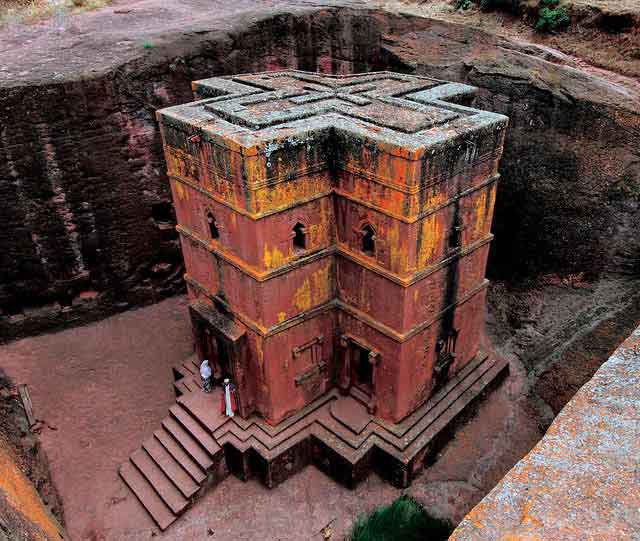
800 years ago, an Ethiopian king ordered a new capital for Christians. At 8,000 feet, on the central plateau of Ethiopia stand 11 churches, each carved from a single, gigantic, block of stone. No bricks, no mortar, no concrete, no lumber, just rock sculpted into architecture. Not much is known about who built them, or why.
The Lalibela Rock-hewn Churches are a group of monolithic churches situated in the Western Ethiopian Highlands near the town of Lalibela. They were commissioned by King Gebre Mesqel in the late 12th and early 13th centuries and are entirely carved out of solid rock.
Valley of the Kings and Valley of the Queens – Egypt
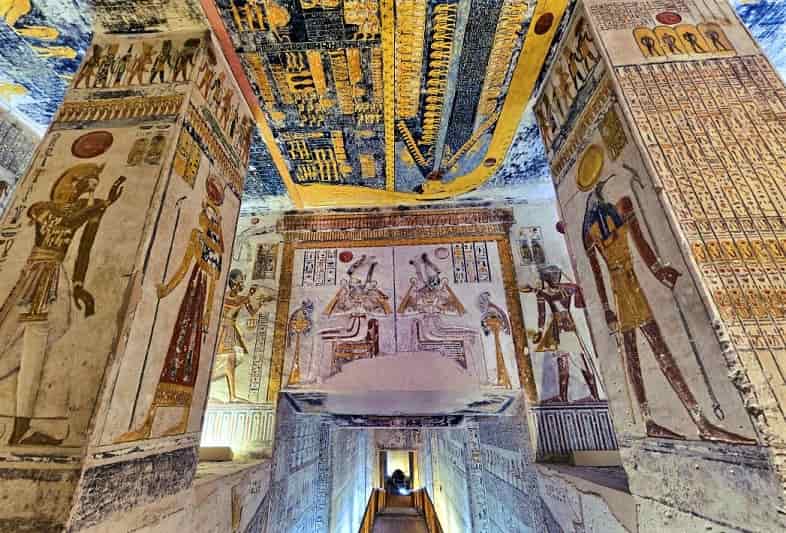
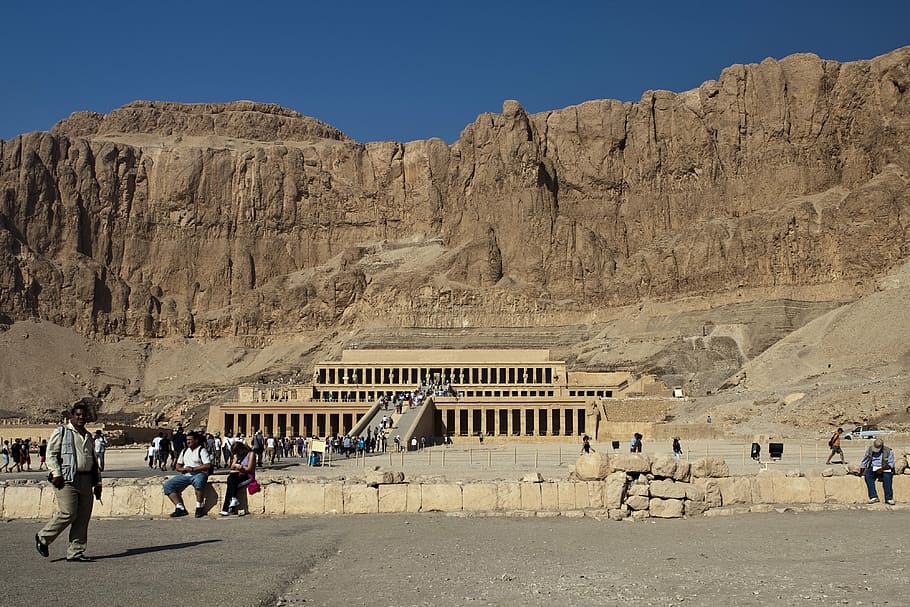
The Valley of the Kings is a location in Egypt where, over a span of almost 500 years from the 16th to the 11th century BC, tombs were created for the kings and important nobles of the New Kingdom. Within the valley, there are 63 tombs and chambers varying in size from a basic pit to a complex tomb with over 120 chambers. The tombs of the kings have depictions from Egyptian mythology and offer insight into the beliefs and customs of the time period. It appears that all of the tombs were opened and looted during ancient times, except for the well-known tomb of Tutankhamun which was fortunately spared from most of the damage.
The Valley of the Queens is an Egyptian site situated across from Thebes on the west bank of the Nile, where the wives of Pharaohs were interred in ancient times. It is located in close proximity to the more renowned Valley of the Kings.
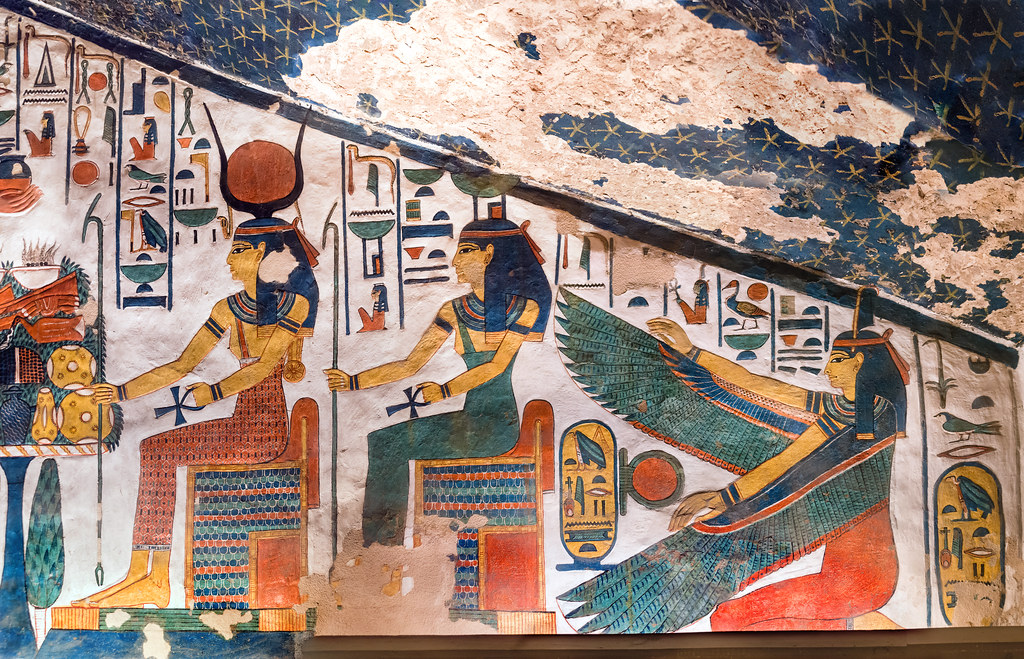
Yungang Grottoes
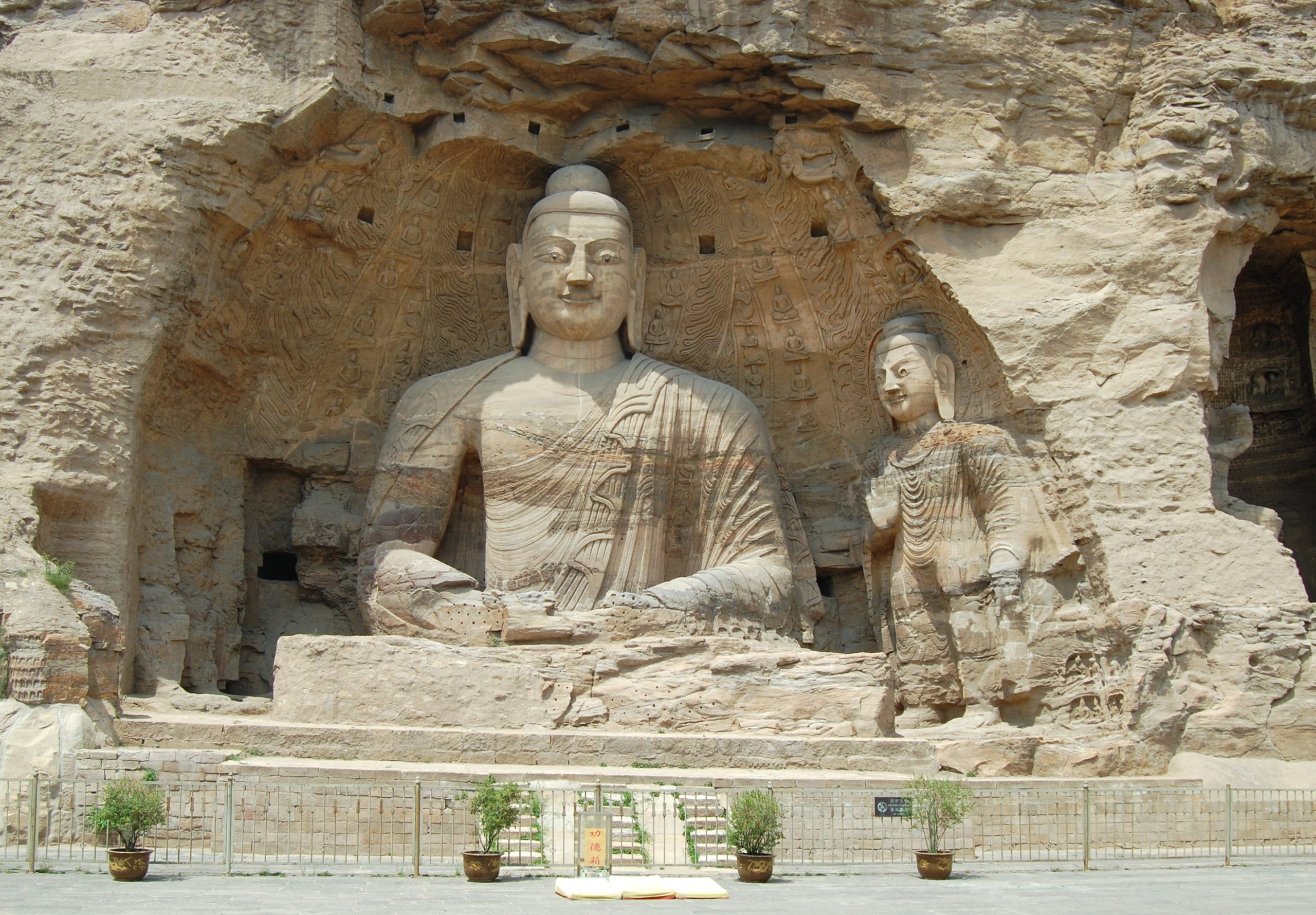
The Yungang Grottoes refer to an ancient Chinese site of Buddhist cave temples, located near the city of Datong in Shanxi province. These grottoes are renowned for their numerous statues and carvings of Buddha and other figures, as well as their impressive architecture and intricate details. The site was designated as a UNESCO World Heritage site in 2001.
Longmen Grottoes
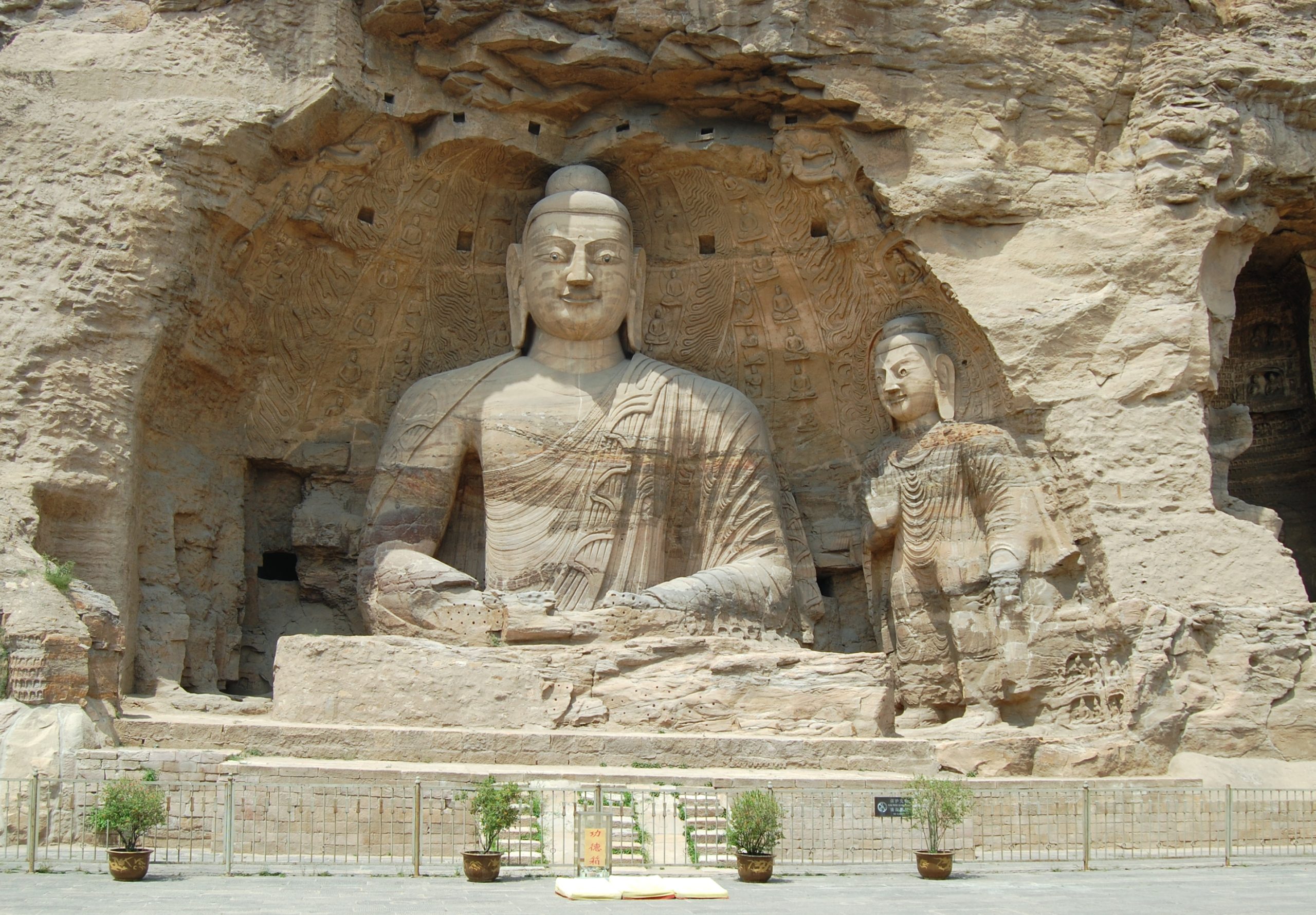
The Longmen Grottoes or Longmen Caves are some of the finest examples of Chinese Buddhist art. Housing tens of thousands of statues of Shakyamuni Buddha and his disciples, they are located 12 kilometres south of present-day Luoyang in Henan province, China.






